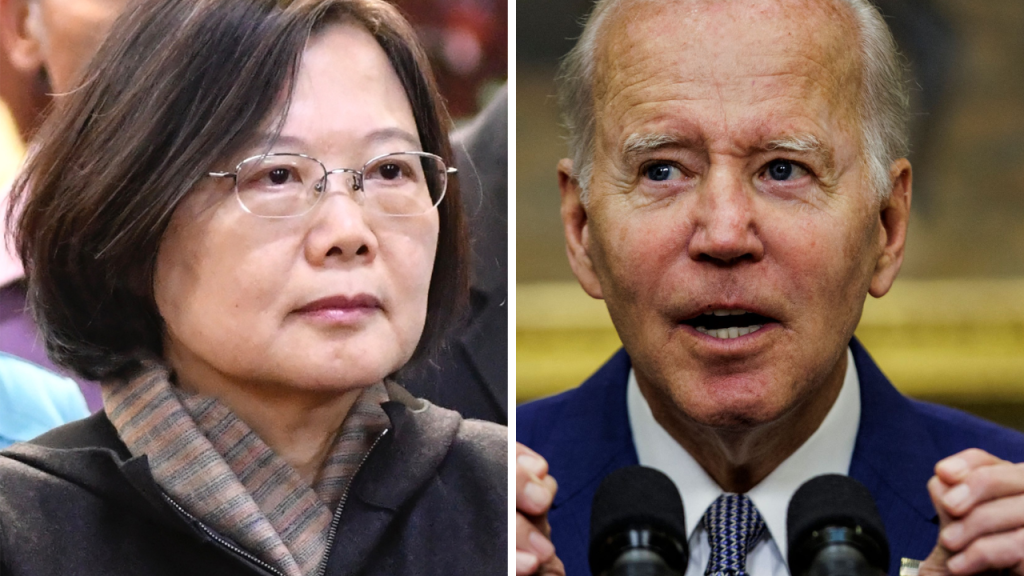What is the history of the relationship between the US and Taiwan?
The history of the relationship between the United States and Taiwan has been inescapably marked by a third protagonist, China, which claims the island as part of its territory.
The announcement of a possible trip to Taipei by the president of the United States House of Representatives, Nancy Pelosi, has caused a stir in China and generated concern in the Government of Joe Biden. This is the latest episode to date in a long-standing relationship marked by official ambiguity, informal links and, more recently, the particular rhetoric of the current US president.
China and Taiwan, the inescapable history to understand the role of the United States.
Understanding the link between Washington and Taipei implies, first of all, going back to the history of Taiwan —formally the Republic of China—, founded in 1911 after the last Chinese imperial dynasty collapsed, as we explain in this article.
Under the leadership of the Kuomintang, the Nationalist Party, the Republic of China was confronted in the 1930s and World War II with the advances of Japan and the growing power of the Chinese communists led by Mao Zedong. In 1945 he managed to recover the island of Taiwan that he had lost to the Japanese but shortly after, in 1949, the Nationalist Party was defeated by the Communist Party in a bloody civil war.
That year Mao founded the People’s Republic of China, with Beijing as its capital, and about 1.2 million Chinese accompanied the Government of the Republic of China in an exodus to Taiwan, according to estimates by the island’s authorities. There they remained established while Mao’s forces expanded their control on the mainland.
And what role did the United States play? The US government had been an ally of the Kuomintang during World War II and did not initially recognize the legitimacy of the Communists. In other words, he continued to support Taipei.
However, in 1971 the UN members recognized the legitimacy of the People’s Republic. That same decade, with the Cold War in the background, China and the United States grew closer and the American embassy ended up moving from Taipei to Beijing.
In the early 1990s, mainland Chinese representatives had a rapprochement that culminated in a summit in Hong Kong in 1992 in which, according to Beijing and pro-Taiwan reunification parties, there was a “one China” agreement. That is to say: both recognized that it was a single country that should be reunited. However, they disagreed on the scope and who is the legitimate authority.
Under this “One China” policy, the United States acknowledges China’s claim that Taiwan is part of that country, but has never officially admitted the claim to the island of 23 million people.
The United States, then, has long been in a position of “strategic ambiguity” about how it would respond to an invasion of Taiwan. Why? This is how ‘s Stephen Collinson explains it: “This is intended to keep a check on the confrontation by deterring China by keeping open the possibility of a US military response. At the same time, it is intended to deprive Taiwan of US guarantees that could lead it to push for official independence.” objective is to preserve the status quo and avoiding a war in Asia, and it has worked, allowing Washington to walk a tightrope in relations with both sides.
Read the rest of the story here.














Add Comment